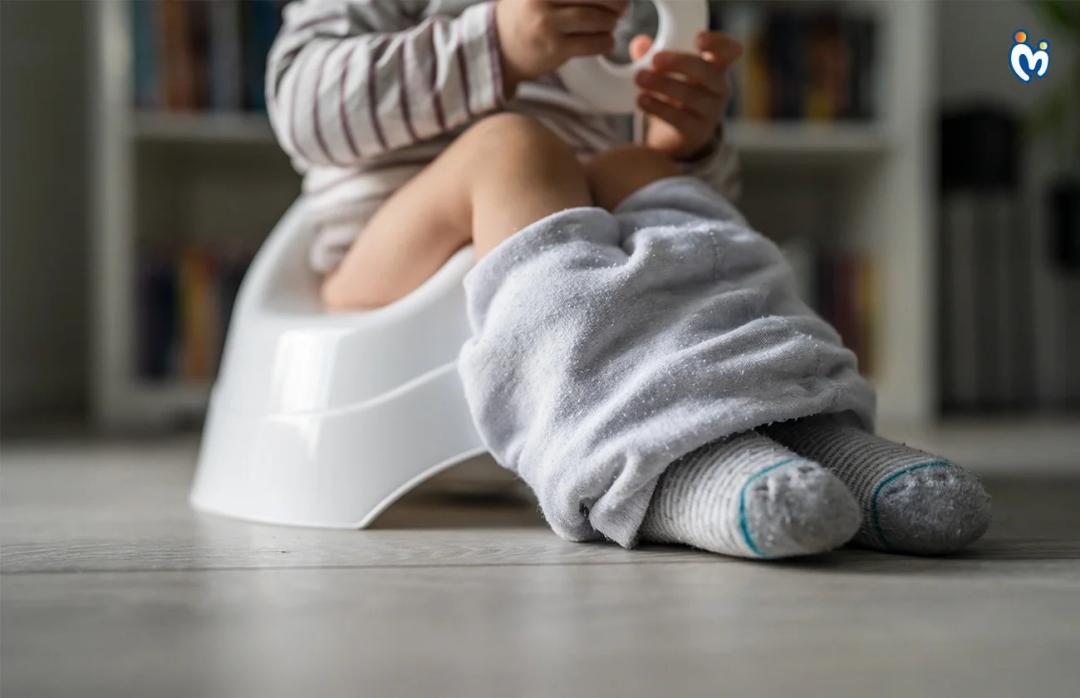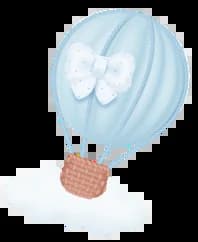A newborn’s skin is incredibly delicate and requires thoughtful care throughout the year. But winter brings its own set of challenges—dryness, low temperatures, and fluctuating weather make it essential to choose the right baby warm clothes for winter.
Parents often worry about whether the fabric is soft enough, warm enough, and safe for a newborn’s sensitive skin. That’s why selecting the best winter clothes for newborn babies becomes a crucial part of winter preparation.
Not all fabrics are suitable for infants. Some are too thick, some cause irritation, and others may trap heat, leading to overheating. Similarly, after multiple washes, certain fabrics may shrink, lose softness, or become uncomfortable. Understanding the best fabric for baby clothes, especially during winter, helps parents ensure warmth, safety, and comfort.
Why Choosing the Right Winter Fabric Matters for Babies
Infants cannot regulate their body temperature as efficiently as adults. This makes them more vulnerable to cold, overheating, rashes, and skin irritation. Clothing made with inappropriate fabrics can lead to:
- Discomfort or restricted movement
- Rashes and skin irritation
- Overheating due to poor breathability
- Poor sleep quality
- Uneven body temperature
Note-Choosing the right baby warm clothes for winter ensures that your baby stays snug, maintains optimal temperature, and feels comfortable throughout the day.
Top 5 Best Winter Fabrics for Newborns
Below is an expanded, carefully explained list of the best fabrics that provide warmth, breathability, and softness—perfect for newborn winter clothing.
1. Fleece - Lightweight, Warm & Winter Essential

Fleece is one of the most recommended winter fabrics for babies. It is synthetic, vegan, incredibly soft, and offers excellent insulation without adding weight. Parents prefer fleece for winter because:
Why Fleece Is Ideal for Baby Winter Clothes
- Moisture-wicking—keeps baby dry
- Provides warmth even in harsh winters
- Lightweight and perfect for layering
- Soft texture suitable for sensitive newborn skin
- Machine washable and quick-drying
- Doesn’t shrink or harden after washes
Best for:
- Rompers
- Blankets
- Quilts
- Jackets
- Sleeper suits
Note-If you are looking for the best winter clothes for newborn, fleece remains one of the safest and warmest options.
2. Bamboo Rayon - Organic, Breathable & Temperature-Regulating

Bamboo rayon is becoming increasingly popular in baby clothing—and for good reason. This fabric is naturally hypoallergenic, antibacterial, and incredibly gentle.
Why Bamboo Rayon Stands Out
- 100% organic and eco-friendly
- Anti-bacterial and non-allergenic
- Thermal-regulating—prevents overheating
- Extremely soft and smooth
- Perfect for layering during winter
Best for:
- Rompers
- Bodysuits
- Swaddle blankets
- Coveralls
- Baby quilts
Note-Its temperature-adapting quality makes it one of the best fabrics for baby clothes, especially during varying winter temperatures.
3. Jersey Fabric - Stretchable & Perfect for Active Infants

Jersey fabric is stretchy, breathable, and comfortable. Available in cotton, wool, or mixed blends, jersey clothes adapt to your baby’s movements without losing shape.
Why Jersey Fabric Works Well for Winter
- Breathable and lightweight
- Soft on delicate skin
- Ideal for layering under thicker clothes
- Easy to wash and quick to dry
- Perfect for daily wear
Best for:
- T-shirts
- Pyjamas
- Onesies
- Thermal innerwear
Note-If you need flexible and easy-care clothing options, jersey fabric is a smart winter-friendly choice.
4. Merino Wool - Luxuriously Soft & Naturally Temperature-Controlling

Merino wool is considered one of the finest natural fabrics, especially suitable for newborns. Unlike regular wool, Merino is extremely soft, lightweight, and non-itchy.
Why Merino Wool Is Excellent for Winter Babies
- 100% organic
- Regulates body temperature
- Breathable and moisture-wicking
- Anti-irritation and rash-free
- Ideal for very cold climates
Best for:
- Sweaters
- Booties
- Caps
- Thermal innerwear
- Blanket layers
Note-Merino wool offers unmatched warmth, making it highly recommended for baby warm clothes for winter in extremely cold regions.
5. Gauze Fabric Lightweight, Breathable & Womb-Like Comfort

Gauze fabric, also known as muslin gauze, is lightweight and breathable yet surprisingly warm. It provides natural insulation, making babies feel cocooned and comfortable.
Why Gauze Fabric Is Useful for Newborn Winters
- Breathable and heat-regulating
- Soft and gentle on newborn skin
- Allows air circulation while keeping baby warm
- Excellent for sleep comfort
- Helps during breastfeeding—lightweight and cozy
Best for:
- Swaddle wraps
- Sleep sacks
- Caps
- Light quilts
- Mittens
Note-This fabric is ideal for layering and creating a warm, womb-like environment for newborns.
How to Dress Babies in Winter: Layering Guide
Choosing the best winter clothes for newborn goes beyond fabrics—it’s also about how you layer them.
Recommended Winter Layering Method
- Base Layer (soft, breathable)→ Cotton or bamboo rayon bodysuit
- Middle Layer (warmth provider) → Jersey or fleece romper
- Outer Layer (insulation) → Fleece jacket / Merino wool sweater
- Accessories → Woolen socks, mittens, cap
Note-Avoid overdressing. If your baby sweats or feels hot around the neck or back, reduce layers immediately.
Complete Winter Wardrobe Checklist for Babies
Here’s what you need for dressing your newborn comfortably throughout winter:
- Thermal innerwear
- Full-sleeved cotton or bamboo onesies
- Fleece rompers
- Merino wool sweaters
- Warm caps & mittens
- Soft woolen socks
- Swaddle blankets
- Quilts
- Sleeping bags
Laundry Care Tips for Winter Fabrics
Proper washing helps maintain fabric softness and hygiene.
- Use mild baby-specific detergents
- Avoid hot water
- Air dry when possible
- Avoid harsh scrubbing
- Read fabric care labels
Understanding the best fabric for baby clothes is crucial during the winter season. Newborns need clothing that is soft, warm, and breathable. Fabrics like fleece, bamboo rayon, jersey, Merino wool, and gauze provide excellent warmth and comfort without irritating the skin.
Choosing the right baby warm clothes for winter ensures your little one stays snug, safe, and happy throughout the season. With thoughtful layering and proper fabric selection, parents can make winter a cozy and enjoyable time for their newborn.
FAQs
Q. What fabrics are best for baby warm clothes for winter?
Ans.The best fabrics include fleece, Merino wool, bamboo rayon, jersey, and gauze muslin. These materials provide warmth, breathability, softness, and moisture-control, making them ideal for newborn skin throughout winter.
Q. Is fleece safe for newborn babies during winter?
Ans.Yes, fleece is a safe and effective winter fabric. It is lightweight, moisture-wicking, and offers great insulation without causing overheating. It's also easy to wash and quick to dry, making it practical for daily use.
Q. What is the best fabric for baby clothes for sensitive skin?
Ans.Bamboo rayon and 100% cotton are the best options for sensitive skin. They are hypoallergenic, breathable, and extremely soft, making them perfect for newborns prone to rashes or irritation.
Q. Are woolen clothes good for newborns?
Ans.Yes, but choose soft varieties like Merino wool. Traditional wool can be itchy, but Merino is gentle, breathable, and temperature-regulating, making it a great winter fabric for kids and newborns.
Q. How many layers should a newborn wear in winter?
Ans.Typically, three layers are recommended: a cotton/bamboo base layer, a warm middle layer (jersey/fleece), and an outer layer like a wool sweater or fleece jacket. Adjust layers depending on room temperature.
Q. What are the best winter clothes for newborns to sleep in?
Ans.The best options include cotton sleep suits layered with fleece sleepers or a muslin sleeping bag. Avoid heavy blankets and choose breathable fabrics to prevent overheating.
Q. How do I know if my baby is feeling too cold or too warm?
Ans.Touch the baby’s chest, neck, or tummy. If it feels cool, the baby may be cold. If it feels sweaty or warm, reduce layers to avoid overheating.
Q. Are synthetic fabrics good for baby winter clothing?
Ans.Not all synthetics are harmful. High-quality fleece, for example, is safe and warm. However, low-quality synthetic fabrics may cause rashes. Always choose premium, breathable materials.
Q. Can newborns wear cotton in winter?
Ans.Absolutely! Cotton is an excellent base layer. Pair it with warmer layers like fleece or wool to maintain warmth without irritating delicate skin.
Q. What winter fabric for kids is best for very cold climates?
Ans.Merino wool is best for extremely cold winter regions. It provides superior insulation, regulates temperature, and stays gentle on newborn skin.
















